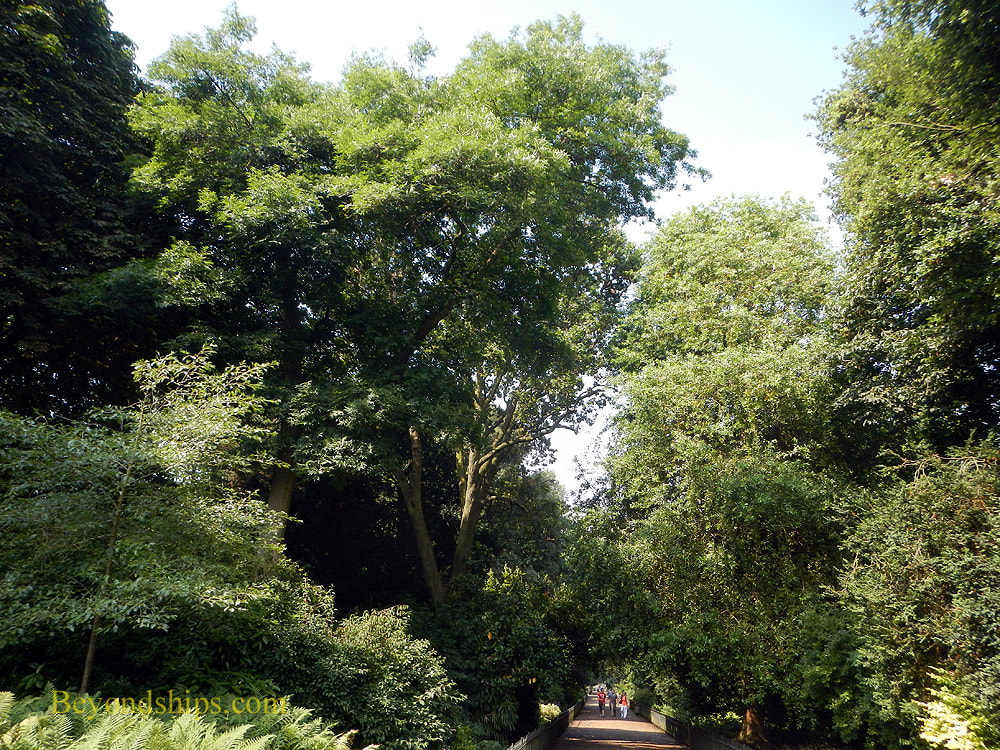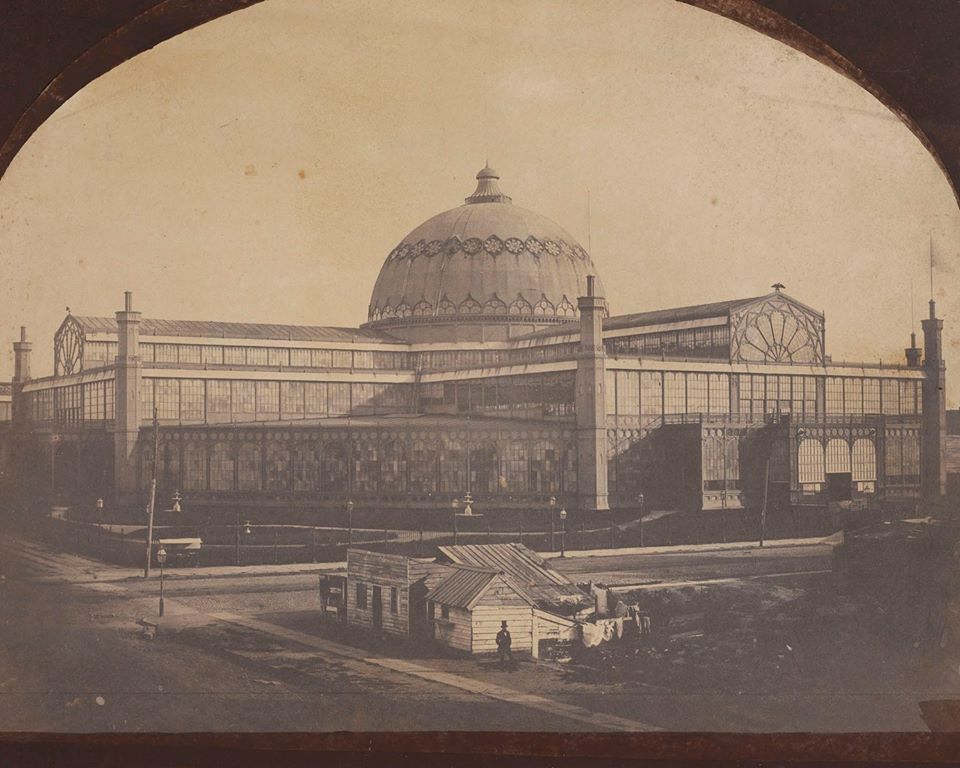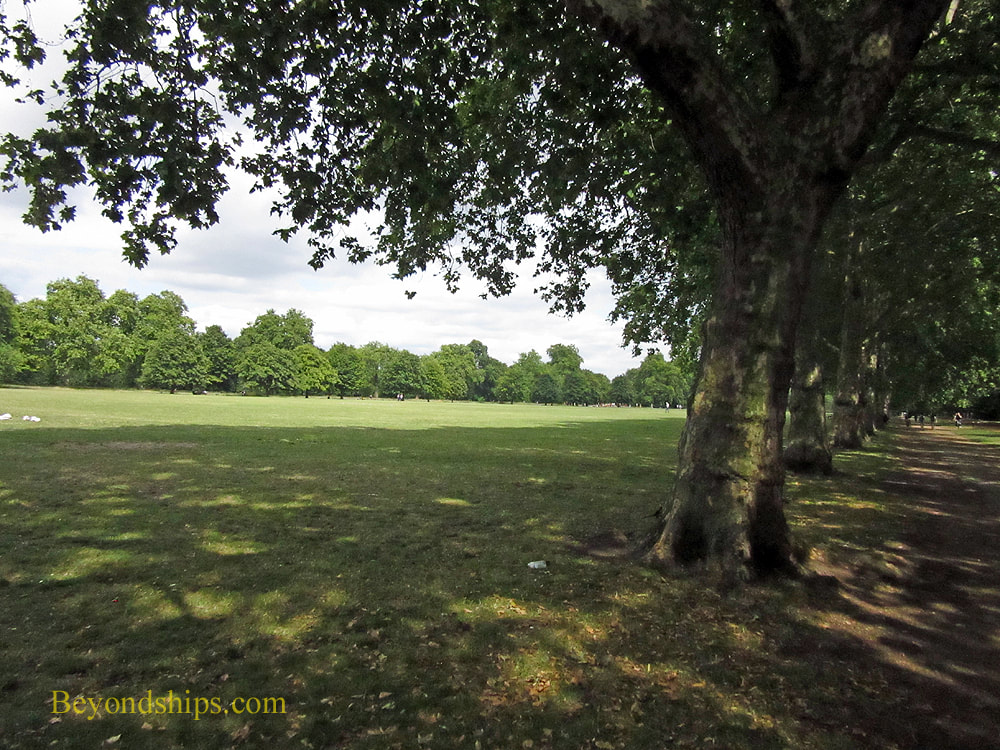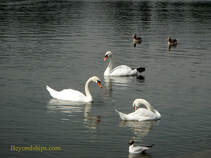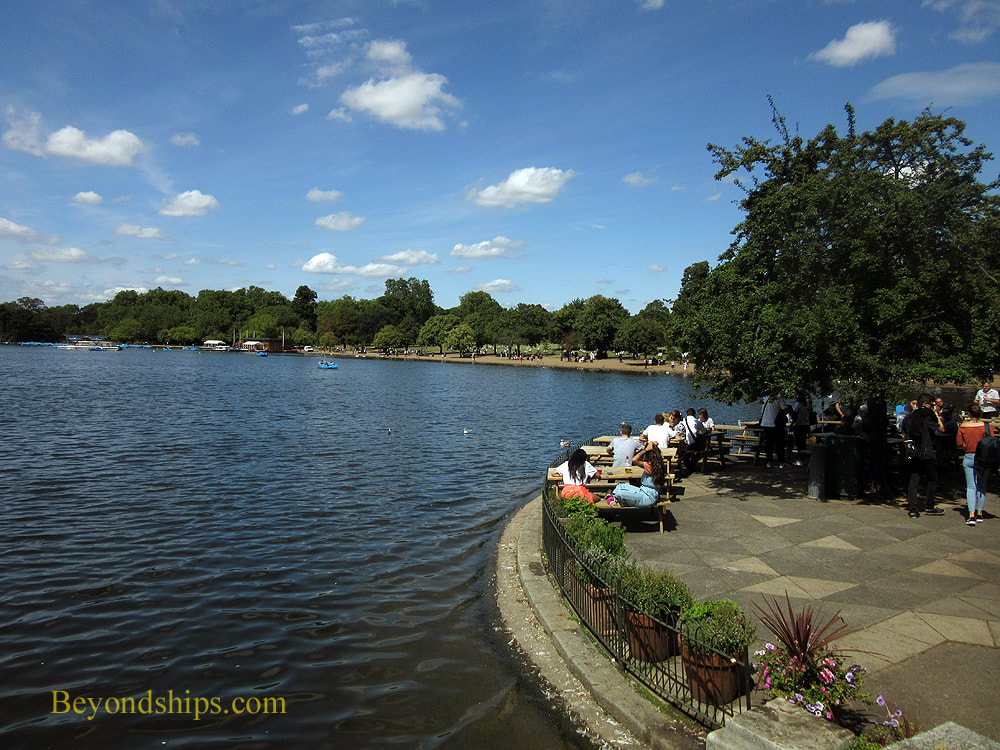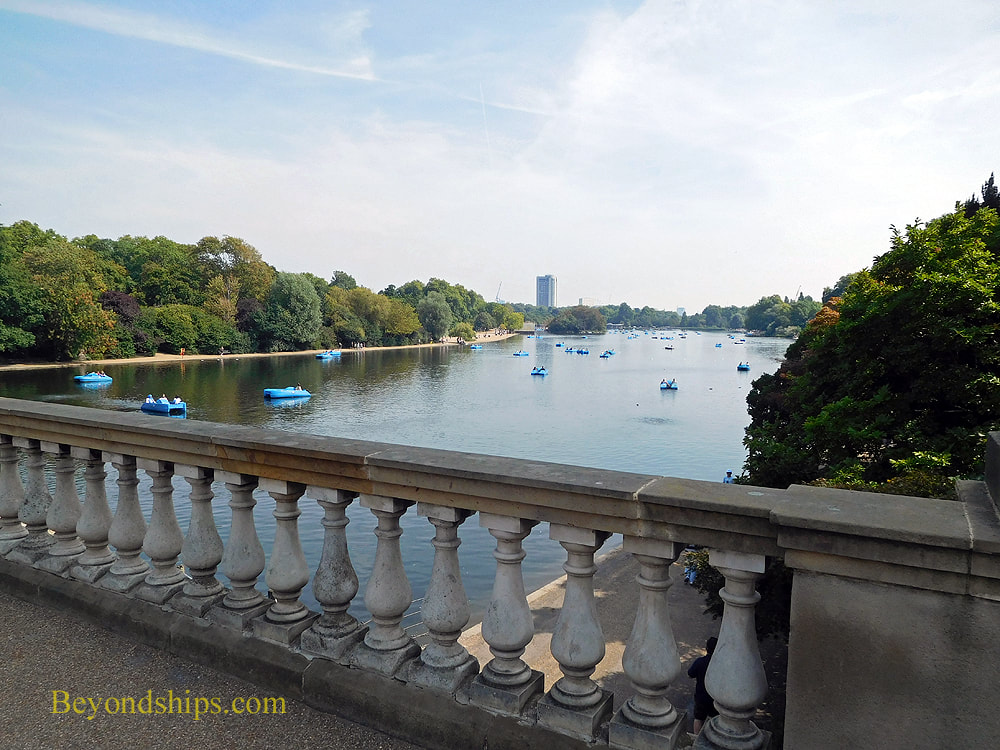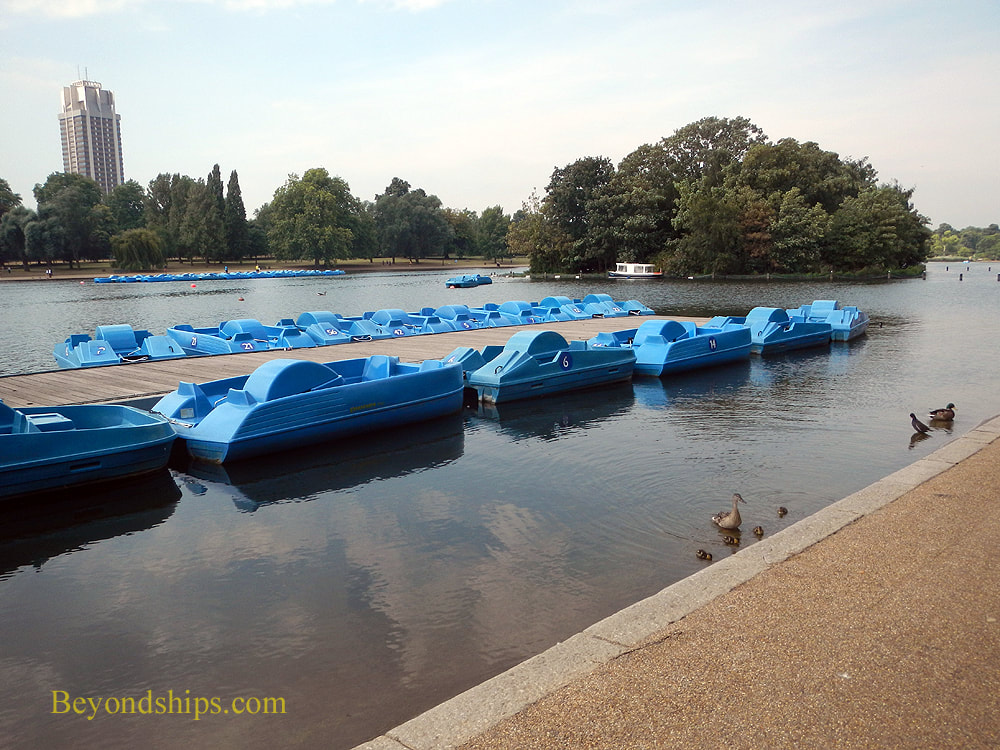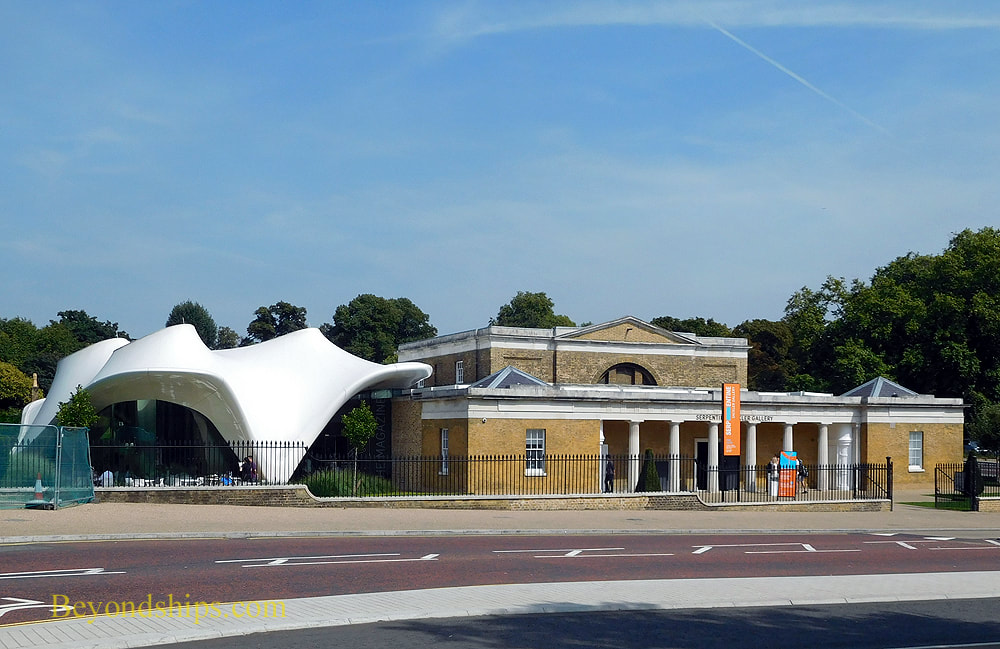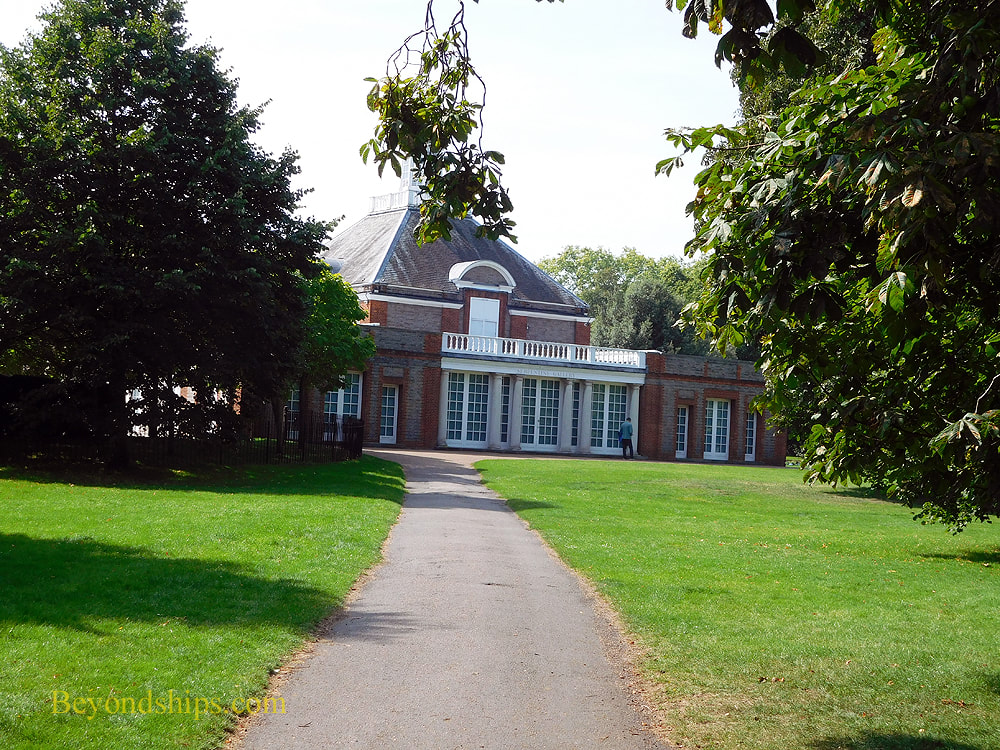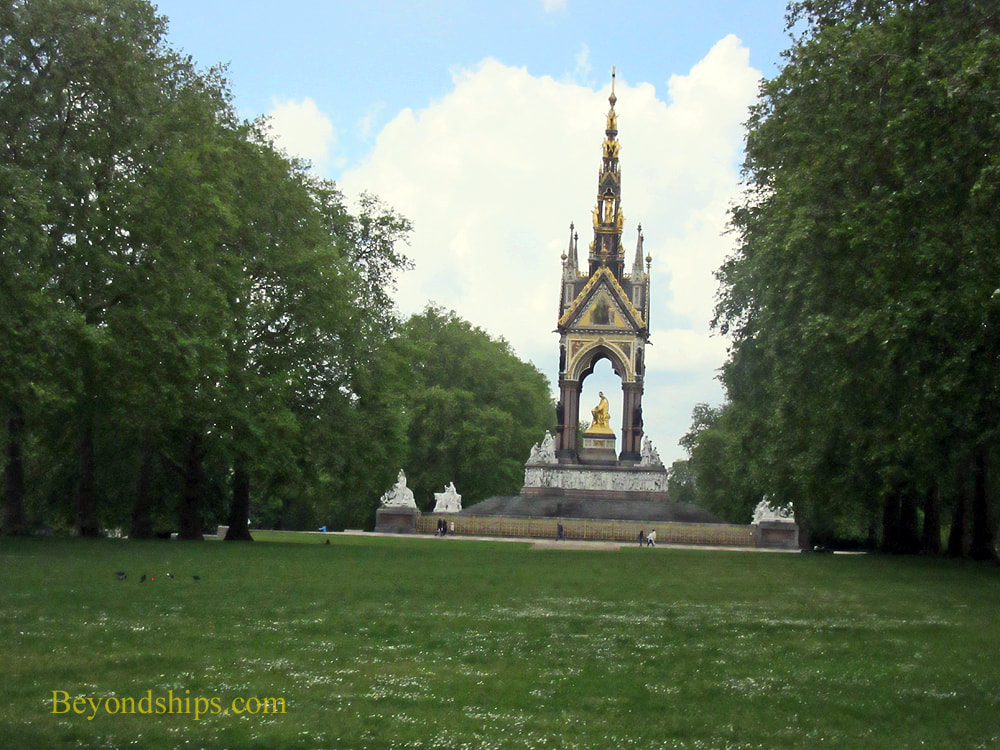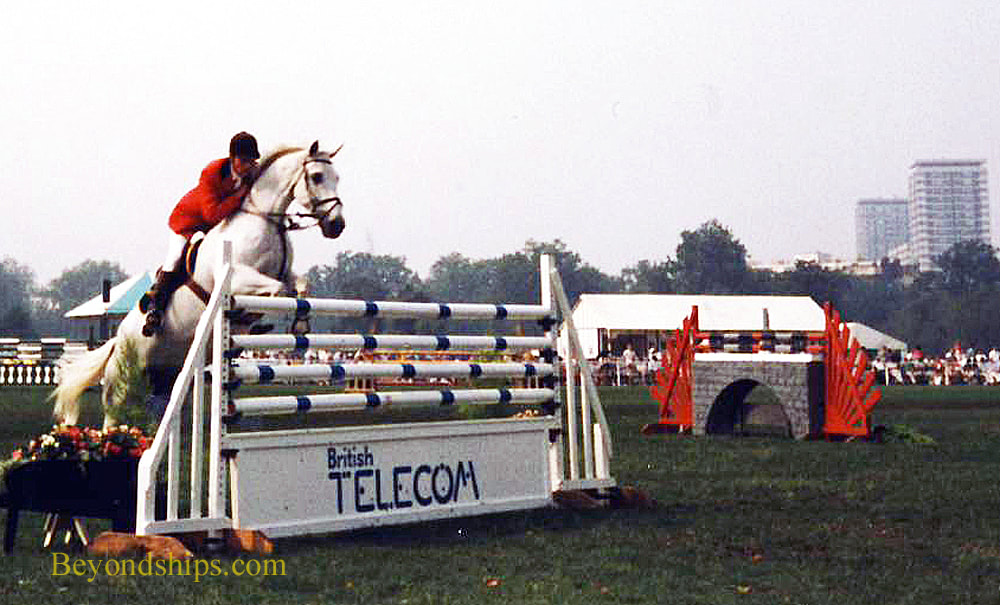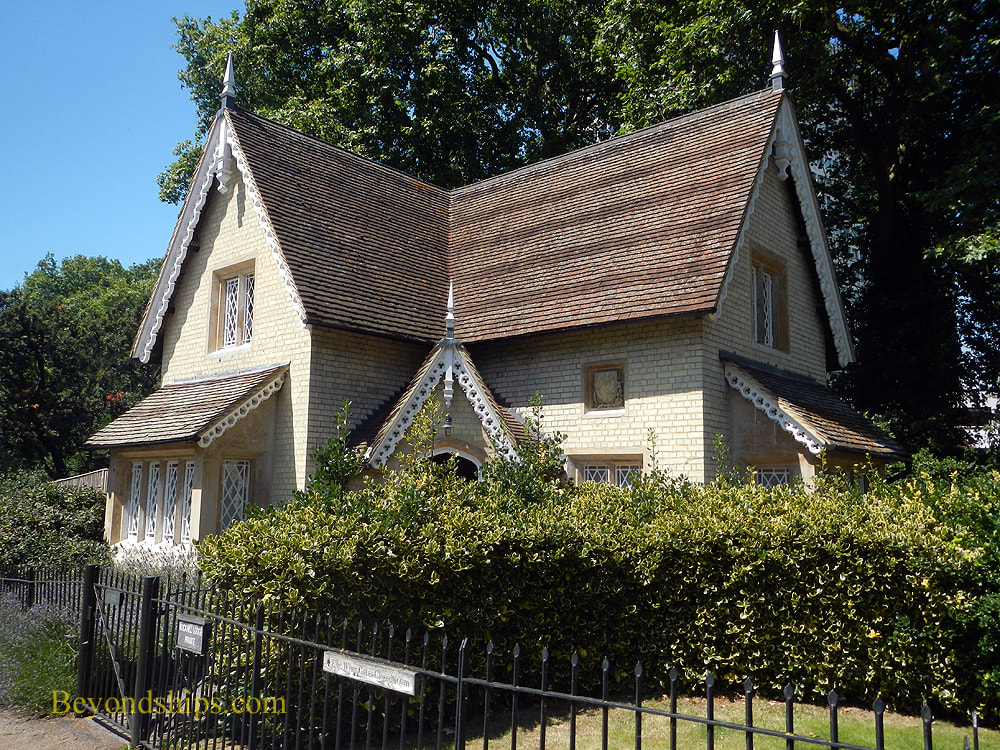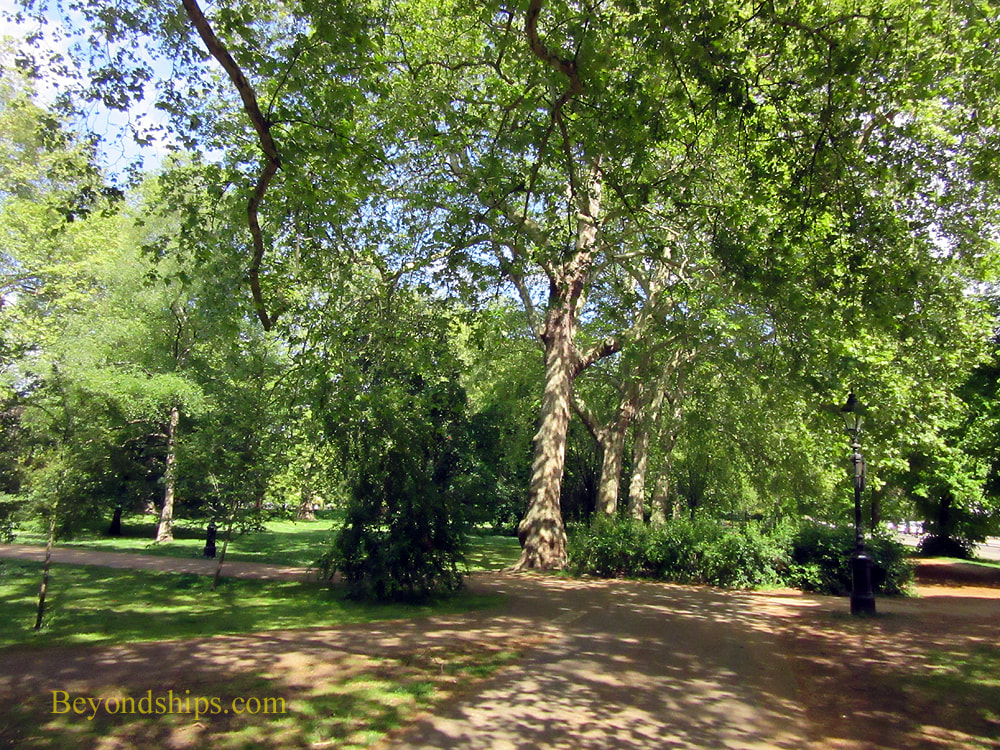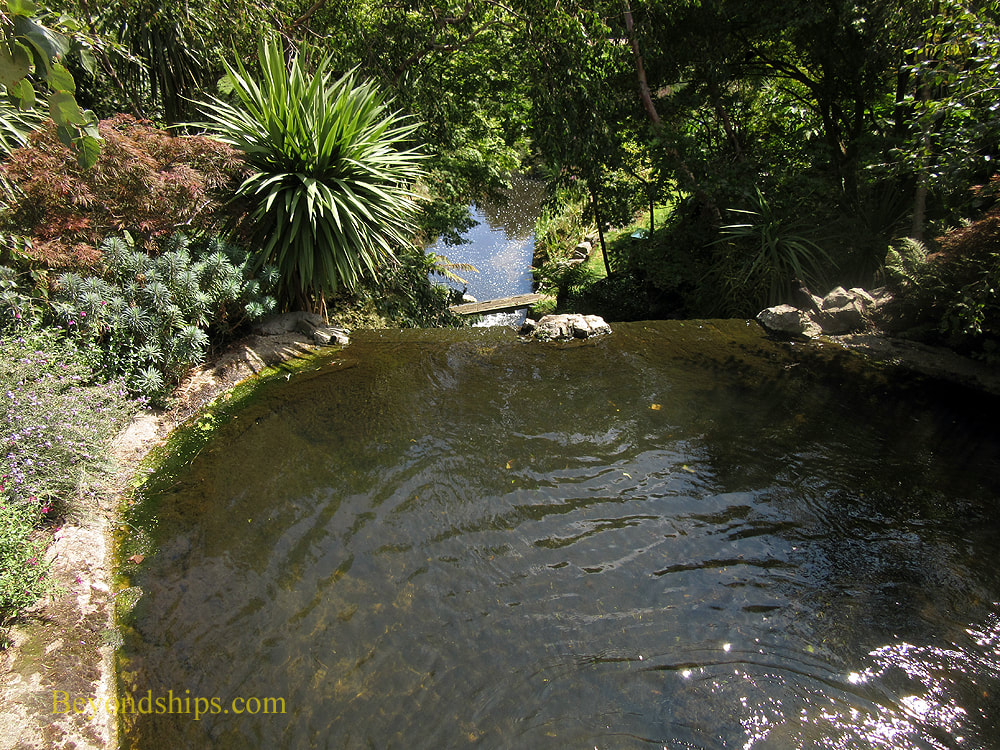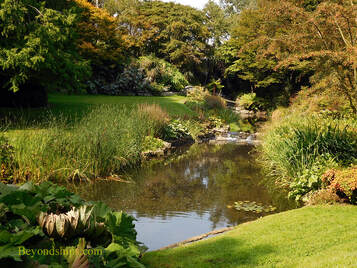
In the heart of Central London is a vast green space. It is made up of a series of Royal parks that stretch from Westminster to Kensington. Of these, the largest is Hyde Park. It covers more than 325 acres. Furthermore, it has an almost invisible border with neighboring Kensington Gardens, which covers another 275 acres.
But Hyde Park is more than a big city park. Yes, it has trees and lawns but it also has history, ornamental gardens, a lake, restaurants, art galleries, boating and other recreational facilities. It has also been the site of major events ranging from rock concerts to political gatherings. Beyond all that, it is within walking distance of many of London's most popular attractions including Buckingham Palace, the Victoria and Albert Museum and the shopping of Knightsbridge and of Oxford Street. There are also numerous hotels in the vicinity.
But Hyde Park is more than a big city park. Yes, it has trees and lawns but it also has history, ornamental gardens, a lake, restaurants, art galleries, boating and other recreational facilities. It has also been the site of major events ranging from rock concerts to political gatherings. Beyond all that, it is within walking distance of many of London's most popular attractions including Buckingham Palace, the Victoria and Albert Museum and the shopping of Knightsbridge and of Oxford Street. There are also numerous hotels in the vicinity.
|
Hyde Park was created by King Henry VIII. Prior to Henry, the land that is now the park was owned by Westminster Abbey. When Henry broke with the Catholic Church and took over the church's holdings in England, the land which is now Hyde Park became the property of the Crown. Henry had the property enclosed and to made it his private hunting ground.
King James I opened the park to the upper classes. Then in 1637, King Charles I opened it to the general public. During the Commonwealth, the land and its contents were sold off in order to raise money. However, after the Restoration of the monarchy, King Charles II re-acquired the park. In addition to hunting, the park became a popular place for duels between aristocrats. Highwaymen also applied their trade in the park. Nonetheless, King William III took up residence Kensington Palace, which was then in the Hyde Park. (See separate article). King George I began the first major landscaping of the park in 1726. Following his death, the project was taken up by Queen Caroline, consort of King George II. Among the changes that came about under her supervision was that the park was divided in two with Hyde Park on the eastern side of the parcel and Kensington Gardens on the western side. Since then the park has seen many events and many changes. However, it remains an oasis of peace in the midst of the bustling metropolis. |
In 1859, Hyde Park was the site of the Great Exhibition. Prince Albert, Queen Victoria's consort, developed the idea of showing the public the wonders of the age including the latest technology. To house it, Joseph Paxton created the Crystal Palace, which was made of glass on a wrought iron skeleton (above). The Exhibition was a great success and the Crystal Palace is still regarded as a milestone in modern architecture. Unfortunately, when the Exhibition was over the Crystal Palace was torn down. Today, the site is a playing field (below).
|
Gardens
|
The Park blooms with flowers in the Spring and Summer. However, they were introduced to the park relatively late (1860) by William Andrews Nesfield.
In the southeast corner of the park near Hyde Park Corner is the Rose Garden created in 1994. Said to a love offering from Prince Albert to Queen Victoria, the Italian Water Gardens (below) lie near the border of Hyde Park and Kensington Gardens. The park contains a number of greenhouses where plants for the gardens are nurtured. |
|
The Serpentine
Art
|
A short distance from the lake is the Serpentine Galleries, a museum that showcases contemporary art. (See separate profile). It is housed in two buildings, one of which, the Magazine, was built as a ammunition depot during the Napoleonic Wars.
|
Rotten Row
|
When King William III moved his residence to Kensington Palace, he had a carriage way created that runs from Hyde Park Corner towards Kensington Palace. It was called the King's Private Road but it came to be known as Rotten Row, which may be a corruption of Route d'Roi (route of the King).
During the 19th century, it became very popular with the upper classes and one could often see young Queen Victoria out riding with her first Prime Minister Lord Melbourne. Today, you can still see people horseback riding on Rotten Row. They include not only private individuals but soldiers from the Household Cavalry whose barracks is located by the Park. |
Monuments and Memorials
|
The park is endowed with numerous statues, monuments and memorials.
Perhaps the most impressive of these is the Albert Memorial in Kensington Gardens. It is in memory of Queen Victoria's husband Prince Albert. Appropriately, the Memorial is located on the south side of the park across the road from the Albert Hall and not far from the site of the Great Exhibition, Prince Albert's greatest triumph. Also in the park is a memorial to Princess Diana. London's Holocaust Memorial is in the park as it a memorial to those killed in the 7 July 2005 London terrorist bombings. |
Events
|
The park has long been the scene of popular events. A fair was held in the park to celebrate the coronation of King George IV. In 1908, a massive march demanding votes for women ended in the park. Beginning in the 1960s, free rock concerts were staged in the park with perhaps the most famous being the Rolling Stones July 1969 concert. Sporting events have also taken place in the park such as the Westminster Horse Show (right).
Providing a forum for free speech is Speakers Corner where those looking to have a say about politics or other issues can mount a soap box and address the crowd. It is located in the northeast corner of the park near Marble Arch. |
Residences
|
Perhaps surprisingly, a number of people live in the park. As noted earlier, Kensington Palace is located by Kensington Gardens. Along the same lines, Aplsey House, home of the first Duke of Wellington is at Hyde Park Corner.
Not every one who has a residence in the park is a royal or a member of the nobility. Sprinkled around the park are a number of small residential buildings such as Buck's Hill Lodge (right). Some of these are used by the park's staff while others can be rented by private individuals. |
Cruise destination guide - England - London - Hyde Park
